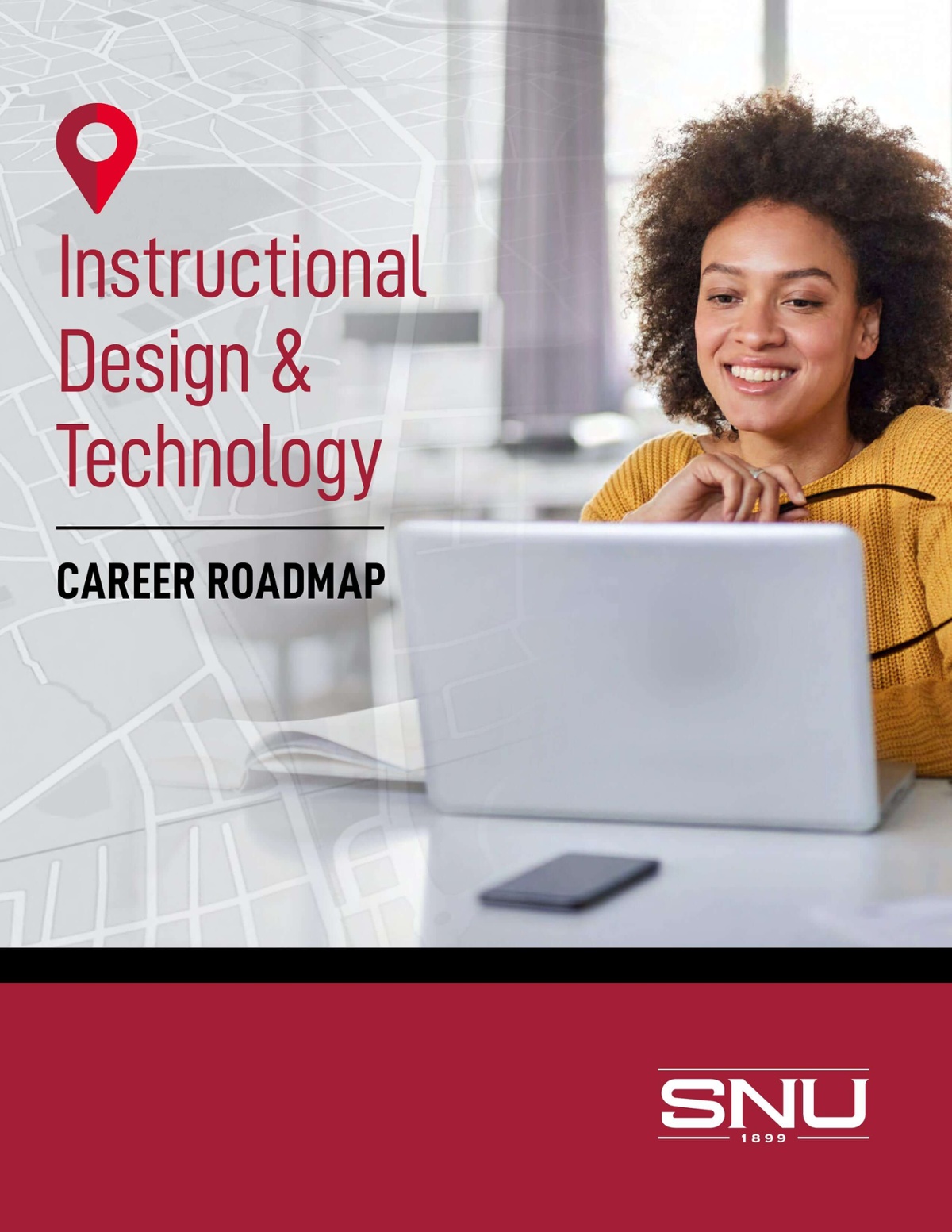-
Programs
Not Sure Where to Start?
- Associate Programs & Certificates
- General Studies
- Associate of Arts in Business
- Physical Therapist Assistant
- Professional Services & Certificates
- Special Education Bootcamp
- View All
- Undergraduate Programs
- Business Administration
- Criminal Justice
- Cybersecurity
- Education
- Family Studies and Gerontology
- Healthcare Administration
- Organizational Leadership
- Accelerated General Education
- View All
- Graduate & Doctorate Programs
- Doctorate of Education in Administration & Leadership
- M.A. Administration of Special Ed.
- M.A. Applied Psychology
- M.A. Educational Leadership
- M.A. Sports Management & Administration
- M.A. Teaching
- MBA, 12- 18 months
- MBA - Healthcare Administration
- Master of Organizational Leadership
- M.S. Counseling Psychology
- M.S. Exercise Science - Health & Human Performance
- M.S. Exercise Science - Wellness
- M.S. Instructional Design Technology
- M.S. Management
- M.S. Physician Assistant
- Alternative Certification (Teaching or Special Ed.)
- View All
- Resources
- Tuition & Aid
- Military
.jpg?width=2119&height=1414&name=GettyImages-1151753807%20(1).jpg)
Introduction
With the recent rise in remote work, many health clinics, workplaces, and educational institutions have had to quickly change how their daily processes operate to accommodate for this new day-to-day work life.
For some, this transition has been smooth. For others, it’s been stressful, expensive, and very difficult. Instructional design careers are all about making these and similar technological transitions easier.
Instructional design experts modify communication platforms, workplaces, and curricula to work more effectively for the people who use them. If you’re an instructional designer, you might design a virtual learning platform to meet the needs of young children who can’t stare at screens all day. Or you might work with a health clinic to optimize patient communications across distance.
The myriad career trajectories you can take offer great flexibility and a chance to learn about whatever interests you. SNU’s instructional design technology degree program provides a broad base of knowledge to help you excel at whatever you hope to do.
Download a PDF version of this guide by filling out this form, or keep scrolling to learn more.

Chapters
Instructional Design Careers: Growing Demand, Soaring Earnings
Reasons to Consider a Career in Instructional Design
Common Instructional Design Career Paths
Choosing the Right Instructional Design Career
Getting Ready for a Career in Instructional Design
What to Expect in an Instructional Design Program
- Instructional Design Careers: Growing Demand, Soaring Earnings
- Reasons to Consider a Career in Instructional Design
- Common Instructional Design Career Paths
- Choosing the Right Instructional Design Career
- Getting Ready for a Career in Instructional Design
- What to Expect in an Instructional Design Program

Instructional Design Careers: Growing Demand, Soaring Earnings
The last couple of years put a bright spotlight on disparities in instructional design. Institutions that had exceptional technologies or well-designed communication platforms often found that transitioning to remote learning or work was relatively easy. Others continue to struggle months after the height of the pandemic.
Although it’s too early to have specific data on how the pandemic has affected instructional design careers, the pandemic has proven how valuable these roles are. Even before the pandemic, though, signs pointed to a growing role for instructional design careers.
In 2019, the Bureau of Labor Statistics predicted 6% career growth for careers in instructional coordination — one subset of instructional design. These experts earned a median of $66,290 per year.
As demand grows, job vacancies increase, with an average vacancy for positions in this role at 20%. This suggests that graduates will enjoy a wide open job market, with plenty of opportunities.
The effects of the pandemic have been catastrophic for many institutions, clearly demonstrating the value of the ability to rapidly shift to online platforms. Prior to the start of last year, many institutions that could benefit from an instructional designer did not hire one. For example, a 2019 survey of educational chief operating officers found that 58% who did not have an instructional designer on staff cited limited resources as a primary reason. So even with limited resources, it is likely that these roles will now seem more valuable, opening up more jobs.

Reasons to Consider a Career in Instructional Design
Even without the increased demand the pandemic presents, there are plenty of reasons to consider a role in instructional design:
Significant Opportunity
Between 2019 and 2029, the Bureau of Labor Statistics estimates that the instructional coordinator field will add 11,400 new jobs. As just one subsector of instructional design and technology, high growth in this field suggests higher growth in related fields.
Job Flexibility
Instructional designers work across industries and niches. You might be able to work remotely, to start your own instructional design firm, or to fill a consulting role across several industries.
Helping Others
Careers in instructional design empower you to support people to get an education, excel at work or get the medical support they need. At a moment of crisis, you can help institutions switch to remote options, allowing them to better serve their target population and weather the storm. This can have far-reaching implications for the economy, for public health and for personal well-being.
An Interesting and Dynamic Career
The technologies of today are different from those of 10 — or even 5 — years ago. You’ll continually refresh your knowledge base, adapt to new ways of learning and being, and gain insight into new fields. Instructional design careers can make you smarter, more compassionate, and more adaptable.

Common Instructional Design Career Paths
What does life as an instructional designer look like? That depends on the role you choose, where you work and how you work — on-staff at a corporation, as a consultant for an institution of higher learning, or perhaps on a project basis as an independent contractor.
Some common career paths include:
Education
One of the most obvious roles for instructional designers is in education. Institutions of higher learning may employ instructional designers to:
- Plan their online curriculum
- Offer remote orientation for distance learning students
- Adapt classroom technologies to the needs of disabled learners
- Build technology-based curricula, such as virtual dissections or tours of the human body
- Help instructors integrate technology into their lesson plans
In elementary and high schools, instructional designers can fill similar roles, but may also work with local school boards to meet district goals or respond to changing educational requirements.
At some educational institutions, there’s plenty of room to ascend the career ladder. You may start out working for a single school, graduate to working for the district, or eventually work for state educational institutions.
Business
Businesses of virtually every size can benefit from the insight of instructional designers. Although each business is different, some examples of potential duties you might fill include:
- Helping a business design effective employee training
- Working with human resources to ensure technologies are legally compliant
- Supporting disabled employees with technological accommodations
- Helping businesses switch to remote services, such as an online ordering system
Larger businesses may hire full-time instructional designers. Smaller companies may contract with consultants.
%20(1).jpg?width=750&name=GettyImages-1214489342%20(1)%20(1).jpg)
Nonprofit
Like businesses, nonprofits may need instructional design support to better serve their target populations. Some duties you might fill include:
- Developing new services based on a population’s needs
- Helping a nonprofit meet the terms of a grant by expanding its service reach or offering virtual support
- Helping nonprofits develop seminars, including virtual options
- Working with the entities the nonprofit serves, for example, partnering with a school to design a virtual curriculum
Much like businesses, nonprofit organizations with a large service reach may hire full-time designers, while smaller organizations may work on a contract basis with agencies.
Military
Exceptional instructional design is key to the functioning of the military. Some potential duties in this role might include:
- Developing ongoing military training, including virtual seminars
- Supporting better communication within and between military service branches
- Helping service branches comply with new government regulations
- Supporting remote activity and telework for military members, for example, a military psychiatrist might see patients virtually during the pandemic or when patients are stationed overseas
Because the military is large and sprawling, it may hire full-time designers or outsource work to government contractors. In some cases, your work might be limited to a specific project, while in others, you might move from project to project.
Healthcare
Not all healthcare has to happen in a doctor’s office. Instructional designers in healthcare can support clinicians to see patients virtually. This may include devising and implementing platforms that are Health Insurance Portability and Accountability Act (HIPAA) compliant, and ensuring they are easy for both doctors and patients to use.
In some cases, you may contract with a large healthcare system to get the entire system on a virtual platform. In others, you may be an employee who fills different roles at different times. Some examples of other duties you might have include:
- Making it easier for clinicians to communicate across hospitals and health systems
- Developing systems for tracking patient progress
- Designing continuing education platforms that are easy to use
- Supporting patients with disabilities through technology that makes communication easier
%20(1).jpg?width=750&name=GettyImages-1171979154%20(1)%20(1).jpg)
Finance
Financial institutions are governed by myriad regulations that can be tough to follow during a pandemic or other crisis. Instructional designers can help them communicate more effectively and better serve their clients, even across distance and other challenges.
Government
It is critical for the government to be able to communicate with the citizens it serves, as well as contractors and other entities that carry out its duties. Many local and municipal governments work with contractors, while larger governmental entities may employ full-time instructional designers to manage duties such as:
- Developing onboarding remote programs for new government contractors
- Implementing programs for training staff, contractors and other entities
%20(1).jpg?width=2000&height=1333&name=GettyImages-1186185224%20(1)%20(1).jpg)
Choosing the Right Instructional Design Career
With so many options for an instructional design career, it’s easy to feel overwhelmed, particularly if you’ve never worked in the industry before. A few questions can help you decide which career path might be right for your needs.
When considering a career in this field, ask yourself:
- In what industries do you have prior experience? They might be a seamless fit after graduation.
- What work have you previously enjoyed? And what gets you the best feedback? Finding the right combination of work you enjoy and work you are good at is a great way to maximize your earnings.
- Which industries are thriving in your geographic area? People living in Washington D.C. or Virginia, for example, may find many opportunities in military or government contracting.
- How popular are instructional design careers where you live? Geographic location can make a big difference in salary and job availability.
- What are your long-term career goals? Before you retire, where do you hope to be and what do you want to be doing?
- Would you prefer to work for someone else, or to start your own contracting business? How might the jobs you take right out of school affect your ability to pursue these goals?
- What sort of job flexibility and benefits do you need?
- Do you have any industry connections?
- Have you spoken with anyone who works in instructional design to get a feel for what their daily life is like?
%20(1).jpg?width=2000&height=1333&name=GettyImages-1262889200%20(1)%20(1).jpg)
Getting Ready for a Career in Instructional Design
The right education is the key to unlocking instructional design career jobs, but it’s not enough. You must be prepared to be a competitive candidate. There are many strategies to consider during each step of the pre-employment process.
Before You Submit an Application
Customize your resume to each job you apply to, highlighting career achievements relevant to the role. Don’t just focus on your duties; list resume and career highlights that set you apart from other candidates. Do you meet all of the job requirements, and have you clearly highlighted this in your resume and cover letter?
Also, networking opportunities during the process help expand your field of opportunity. Consider the following possibilities:
- Use your connections: Do you know anyone with experience working for this company? What can they tell you about successful applicants?
- Gain additional experience: Can you work on an internship or apprenticeship that increases your odds of success?
- Get your foot in the door: Would freelance work help you gain experience as you search for a permanent job?
- Keep an eye out: Are you searching many different job boards, including government, private industry, specific companies’ websites, and on social media like LinkedIn?
%20(1).jpg?width=750&name=GettyImages-1252926568%20(1)%20(1).jpg)
Before You Interview
Practice before an interview so you can be both polished and personable. Some sample instructional design interview questions include:
- Why are you interested in this type of instructional design?
- What prior experience do you have in the industry?
- Give an example of an instructional design problem you have solved.
- Have you ever recommended curriculum changes? When and why?
- Are you familiar with making technology accessible to all?
- How do you assess the effectiveness of a course or program?
- What will you do first upon being hired?
- What do you like or dislike about our current curriculum or program?
- Why are you interested in working for our organization?
Learn as much about the company to which you are applying as you can. Consider the following:
- What is the company culture?
- What do people typically wear to interviews?
- What is the work-life balance like?
- Which sorts of candidates are most successful?
- What projects will you be working on?
- Do you have experience relevant to this company? For example, if you want to be an instructional designer in higher education, prior experience as a community college instructor might be worth highlighting.
- What is the mission of the company, and how does it align with your values and goals?
%20(1).jpg?width=2000&height=1333&name=GettyImages-1201405183%20(1)%20(1).jpg)
What to Expect in an Instructional Design Program
The right instructional design program fully prepares you to enter the working world, succeed at interviews and climb the career ladder.
SNU’s instructional design technology program caters to working adults, offering an online course structure and an innovative one-class-at-a-time model so that you can focus on each course while maximizing your grades.
Our cohort model means that you take your classes with the same group of students. Together, you’ll master course material, then ideally move on to supporting one another in the working world.
We believe that adult learners bring much to the program, especially because many of them have prior experience in the industries into which they hope to graduate.
Students can graduate in as few as 16 months, and each course lasts just 6 weeks, allowing you to quickly navigate the program. Students need a total of 30 credit hours, and the program costs $490 per credit hour.
Although every instructional design program is different, here are some of the courses you can expect at SNU:
- Principles of Instructional Design: Learn the basics of the field, including processes and theories.
- Principles of Human Performance Technology: Learn how technology can improve human performance, and master the basic principles of this emerging field of study.
- Legal and Ethical Considerations: Instructional designers must be mindful of myriad legal and ethical considerations across the board.
- New and Emerging Technologies: Get an overview of how new and emerging technologies are changing the world of instructional design.
- Trends and Innovation in Instructional Design: The world of instructional design changes fast. Learn about trends and innovations in the design field and how it influences the design of instruction, as well as how future innovation might change the field.
- Project Management and Leadership: Many instructional design careers involve complex projects. Learn how to manage and lead these projects, address common problems, and consistently deliver at or before deadlines.
- Learning Design Evaluation and Assessment: Assessments are critical to evaluating the effectiveness of instruction. Learn how to design quality assessments.
- Design Concepts and Application: Learn about various design concepts, and their real-world application, while using a Learning Management System.
- Advanced Instructional Design and Performance Technology: Working in groups, you’ll begin applying the concepts you learned in your classes to solve complex instructional design challenges.
- Instructional Design and Technology Capstone: This client-based project allows you to work in the field and get credit for your work.
SNU knows that the right degree can change worlds — not just your own, but that of your community, family and the businesses for which you eventually work. We’d love to talk to you about our program and help you decide whether it’s the right fit for you.Apply now, or learn more via our free guide, What to Expect from an Online Degree Program.
Download a PDF version of this guide by filling out the form













.jpg?width=920&height=480&name=Untitled-design-20-940x600%20(1).jpg)

